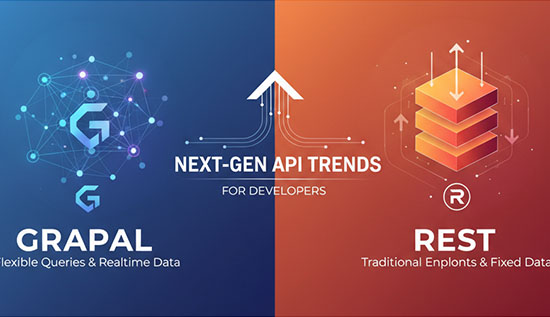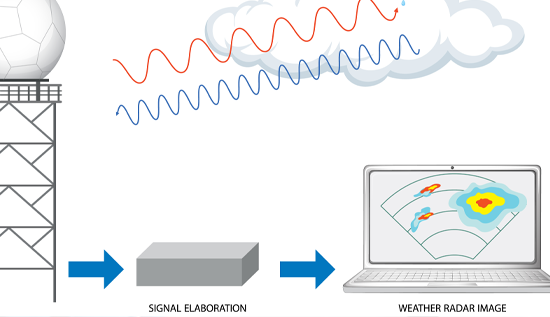SAP Implementation and Its Different Methods

Detailed breakdown of SAP implementation phases and brownfield migration strategies for modern enterprise systems.
Systems, Applications, and Products in Data Processing, or SAP, has completely changed enterprise resource planning (ERP) all around the world. To increase productivity, reduce procedures and obtain real-time insights into business operations, companies of all sizes are now implementing SAP.
With various methods and phases involved, understanding the SAP implementation process is critical for project success.
This article explores the phases of SAP implementation course, different SAP implementation methodology, training options and costs, along with a deep dive into brown field implementation in SAP and answering the question: what is brownfield implementation in sap.
What is SAP Implementation?
Implementing SAP refers to the entire process of planning, configuring, testing, and deploying an SAP ERP system in an organization. Software installation is only one aspect of it; other tasks include process reengineering, business transformation, user training and continuing maintenance.
Whether an enterprise is deploying SAP S/4HANA or another module a well-structured SAP implementation methodology is essential. There are different strategies depending on the organization’s current infrastructure, goals and desired outcomes.
For professionals and teams looking to upskill, taking a structured implementing SAP course can greatly enhance understanding of the overall project requirements.
Phases of SAP Implementation Project
A normal implementing SAP procedure is divided into a number of coordinated steps. These phases of SAP implementation project ensure an organized and efficient rollout:
- Project Preparation: Identify objectives and parameters. Create a project charter and assemble the project team.
- Business blueprint: Analyze current processes. Identify gaps and future processes and document functional specifications.
- Realization: System setup, unit testing and the creation of unique features.
- Final Preparation: Data migration, user acceptability testing (UAT) and SAP implementation training.
- Go-Live and Support: Make the transition to the production system. Track performance and offer continuous assistance.
These stages are commonly followed under the ASAP methodology (Accelerated SAP) a popular implementing SAP methodology.
SAP Implementation Methodology: Types and Strategies
Different organizations choose different SAP implementation methodology according to change preparedness legacy systems and money. The three most widely used techniques are as follows:
- Greenfield Implementation: This type of implementation is ideal for companies with antiquated or nonexistent ERP systems since it starts over without a legacy system and configures everything from scratch also.
- Brown Field Implementation in SAP: Another name for this is system conversion. Converts the current SAP system to S/4HANA, handles data and customizations.
- Hybrid Implementation: A combination of brownfield and also greenfield projects that allows for creativity through the judicious reuse of preexisting processes.
What is brownfield implementation in SAP? It means converting your current SAP ERP system to SAP S/4HANA without having to rewrite all the settings. This method cuts down on time to value and minimizes disturbance.
When considering migration strategies, understanding what is brownfield implementation in SAP can help organizations retain valuable customizations while embracing new technology.
SAP Implementation Training and Courses
Training is crucial to ensure that end users and technical teams are ready for go-live. SAP implementation training includes:
- Instructor-led classes
- Online modules
- Certifications such as SAP Certified Application Associate
Many professionals also enroll in a structured implementing SAP course that covers configuration, data migration, and post-go-live support. These courses improve project efficiency and reduce errors during rollout.
Selecting the appropriate SAP implementation training can also guarantee improved project management in the real world by offering hands-on experience through case studies and simulations.
SAP Implementation Process: A Step-by-Step Guide
Here is a simplified guide to the SAP implementation process:
- Assessment & Planning: Recognize corporate objectives, assess current procedures and choose an implementation plan.
- Design & Blueprinting: Define KPIs and success measures, and map business processes to SAP.
- Development & Customization: Set up the SAP system and provide unique interfaces and reports.
- Testing & Data Migration: Perform integration and stress testing, Migrate historical and master data.
- Training & Go-Live: Conduct implementing SAP training, Transition to live environment.
- Support & Optimization: Provide helpdesk support. Monitor system and apply updates.
Real-world SAP implementation use cases
The practical advantages and choices that firms make throughout an SAP installation are demonstrated through real-world use scenarios also. Whether through greenfield or brown field implementation in SAP, every strategy targets a certain business need.
The following two situations demonstrate how corporations choose their path and achieved demonstrable results also.
Use Case 1: Greenfield SAP S/4HANA Implementation at a Retail Chain
A major retail company deployed SAP S/4HANA using a greenfield strategy. Their supply chain and inventory processes were totally redesigned also. The new system reduced stockouts by 25% and improved order accuracy by 30%.
Use Case 2: Brown Field Implementation in SAP at a Manufacturing Firm
A manufacturing company transitioned from SAP ECC to SAP S/4HANA via brownfield implementation. The system retained 80% of legacy customizations, saving both time and cost while modernizing infrastructure. This case exemplifies what is brownfield implementation in SAP an efficient migration route that embraces new capabilities while protecting current investments.
How Much Does SAP Implementation Cost?
How much does SAP implementation cost? The answer varies according to project scope, company size, and customization requirements. However, the following are some general factors:
- License fees: May range from $30,000 to several million dollars
- Consulting fees: External consultants charge $150–$300/hour
- Training and change management: 10–20% of total project cost
- Ongoing support and upgrades: Additional yearly expenses
Mid-sized businesses can expect implementing SAP cost to range between $500,000 to $5 million, while large enterprises may spend upwards of $10 million.
When considering a project, it's crucial to answer how much does implementing SAP cost in advance for better budgeting and planning.
Conclusion
Implementing SAP is a big but worthwhile adjustment when companies are aiming for digital excellence. By choosing the right SAP implementation methodology corporations may guarantee a seamless transition through following a comprehensive plan and also investing in SAP adoption education also.
Whether opting for greenfield or brown field implementation in SAP, focusing on the alignment of people, processes, and technology is essential also. Lastly, always budget ahead of time because knowing how much does SAP implementation cost is essential for budget allocation.
With proper execution, an SAP implementing SAP enation can set your enterprise on a long-term path to efficiency and innovation.
Read More: Artificial Intelligence Implementation: A Roadmap to Success
More Articles
 20 Nov 2025
20 Nov 2025
GraphQL vs REST: Next-Gen API Trends for Developers
Compare GraphQL vs REST to optimize API performance, scalability and modern application design with best practices for developers.
 20 Nov 2025
20 Nov 2025
Neural Network Programming Beyond Python: Rust & C++
Experience neural network programming beyond Python, powered by Rust and C++ ecosystems built for speed, safety, and large-scale deployment.
 19 Nov 2025
19 Nov 2025
Swarm Robotics in Agriculture & Logistics: Smart Automation
Swarm Robotics in Agriculture & Logistics enhances automation, efficiency, and smart coordination across modern farming and logistics operations.
 19 Nov 2025
19 Nov 2025
Ultra-Low Latency Networks for VR/AR: Optimized Performance
🚀 Discover how Ultra-Low Latency Networks for VR/AR are transforming real-time experiences with 5G, edge computing, and seamless data transmission.